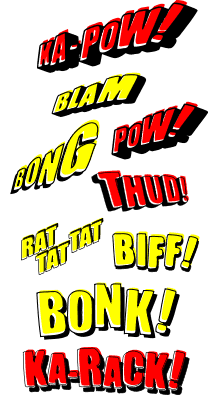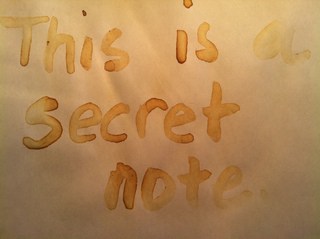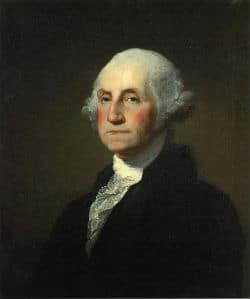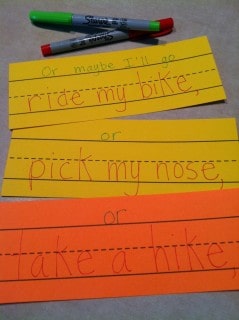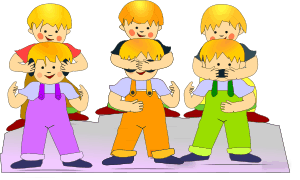Did you know that March 2 is the birthday of Dr. Seuss? The full name of this famous writer and illustrator was Theodor Seuss Geisel. “Dr. Seuss” is a pseudonym, or “pen name,” that Theodor Geisel used for his books. You have probably read many of Geisel’s books, which usually feature rhyming poetry and whimsical drawings. Here are some of his most famous books:
- Green Eggs and Ham
- The Cat in the Hat
- How the Grinch Stole Christmas
- One Fish, Two Fish, Red Fish, Blue Fish
- Horton Hears a Who!
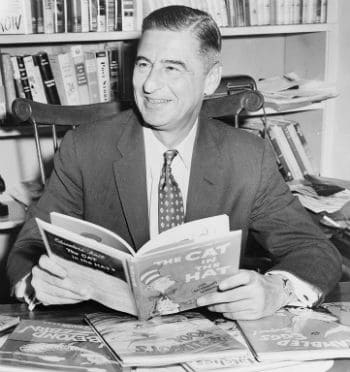
Theodor Geisel was born in Massachusetts in 1904. His grandparents were immigrants from Germany. When he was a young boy, Geisel’s mother would help him fall asleep at night by singing rhyming songs that she remembered from her own childhood. Geisel took an art class in high school. He also became the editor of his college humor magazine, where he wrote articles and drew cartoons. Later he found work as an illustrator for advertisements, drawing scary-looking cartoon insects to sell a pesticide called Flit. Giesel enrolled in the Army during World War II, where he produced war posters and animated training films. During this time, he also drew political cartoons that expressed his ideas about the war.

